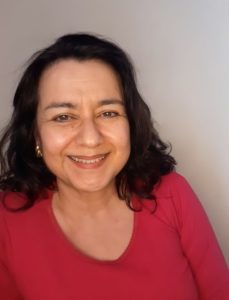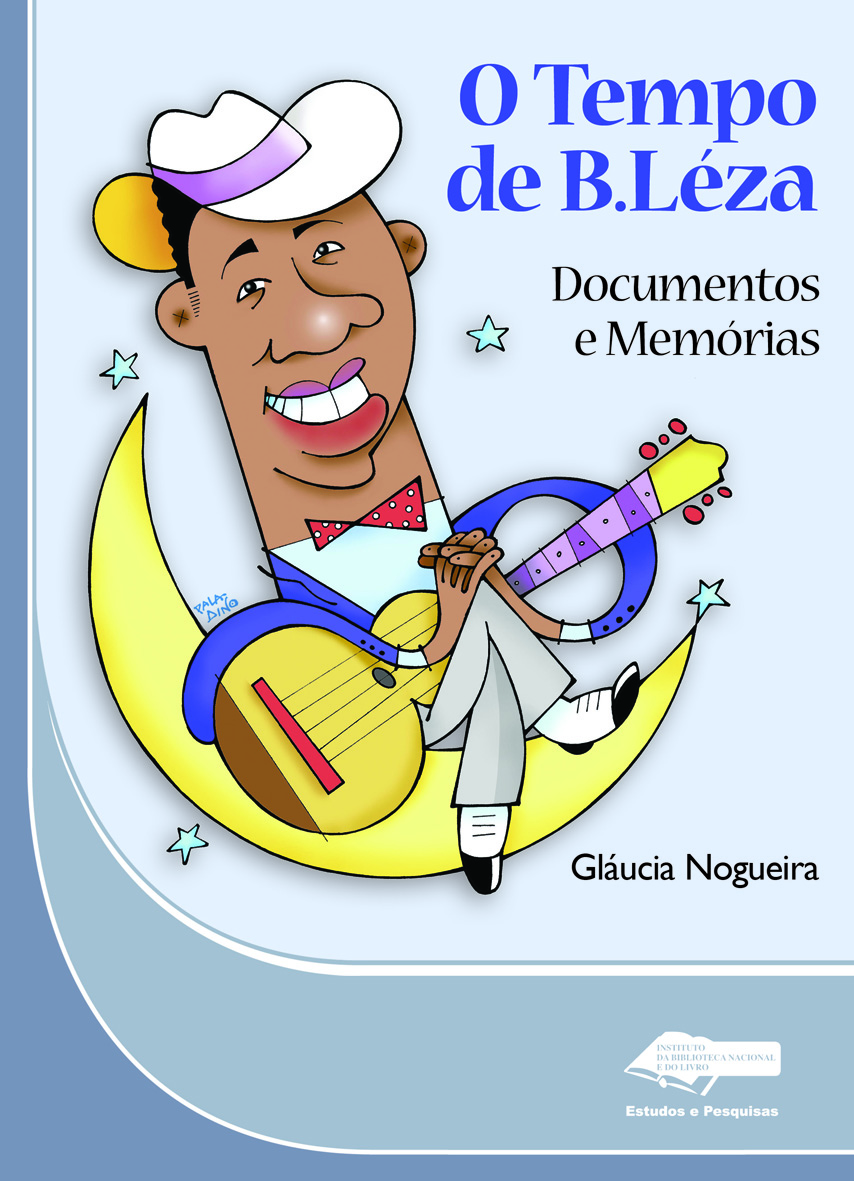Cabo Verde & a Música – Museu Virtual… developed out of the publication of Cabo Verde & a Música – Dicionário de Personagens, by Glaucia Nogueira. The book was finally published in 2016 and represents the fruit of 20 years of research. With 672 pages, referring to 964 personalities, including band members and solo musicians composers, educators, band leaders, among others. The dictionary is the main source of information for the Virtual Museum.
A great deal of material has been collected throughout these long years which has resulted in other publications and can now be shared with a wider audience through the Virtual Museum. The Virtual Museum is a multi-media project because it refers to documents in various formats, audio, video, text, photographic, and other images. At the same time, the online coordination of these documents allows them to reach people who, although they may be geographically distant, are linked by their interests and their affinities with Cape-Verdean culture.
Get to know the background of this project in these interviews with the author:
“Globo Universidade”, TV Globo, 2012
“Diversidade em Ciência”, Rádio USP, 2016
In recent years most museums have been leaving aside exhibitions of material artefacts in favour of new approaches focused on non-material heritage such as the cultural practices, representations, expressions and knowledge that these communities and groups recognize as their cultural heritage [1]
Besides this and recognizing how much creativity contributes to the construction of societies that are open, inclusive and pluralistic, UNESCO emphasizes that the integration of cultural heritage with creative activities provides the foundations for building societies in which knowledge is dynamic, innovative and thriving. [2]
These paradigm shifts in museum practice are evident in the Virtual Museum. It is a resource which, besides exhibiting particular contents, suggests new ways of learning, stimulates participation in interactive activities, while at the same time promoting playful aspects which facilitate the diffusion of knowledge. Some traditional museums now make their collections partially or completely accessible through their website, while others – like this one – are exclusively virtual. It can reach us on a computer, a tablet or a smartphone. And we can take it with us wherever we go. And at the same time, the virtual museum carries us into a world that exists beyond the electronic channels that bring it to us.
The materials (texts, photographs, videos, drawings and others) that digital formats allow us to bring together need to be worked on in order to organize and document them effectively. Virtual museums share the same work of documenting materials which make up the knowledge that they want to preserve and share. Like any museum it is an archive, and the work it requires is the same as that of a physical museum.
Cabo Verde does not possess a physical museum dedicated to music in a comprehensive way. With this in mind, the initiative of the Virtual Museum is intended to preserve the records of facts, personalities, stories and pathways related to the complex world of musical practices in Cape Verde and its emigrant communities. We intend to contribute to the education and culture of new generations, wherever they may be. We hope it can be a place of sharing, welcoming contributions and passing them on to the larger community of lovers of Cape-Verdean music.
To get a feel for the virtual museum experience you can go to the site of the Virtual Museum Transnational Network here.
[1] Unesco, The Convention for the Safeguarding of the Intangible Cultural Heritage. Obtido em: https://ich.unesco.org/en/convention. [2] Unesco, Protecting Our Heritage and Fostering Creativity. Downloaded from: https://en.unesco.org/themes/protecting-our-heritage-and-fostering-creativity.The crew of the Virtual Museum
Creation, curating, production and general coordination: Gláucia Nogueira
Editing: Gláucia Nogueira
Translators: Graham Douglas, Sandra St. Laurent, ELL-CV
Updating of the site and revision of texts: Dinah Salles de Oliveira
Webdesign: Javé (José António Veduatto)
Contact
To send information and materials to the Virtual Museum:
contato@caboverdeamusica.online
Coordination:
glaucia.nog@caboverdeamusica.online







